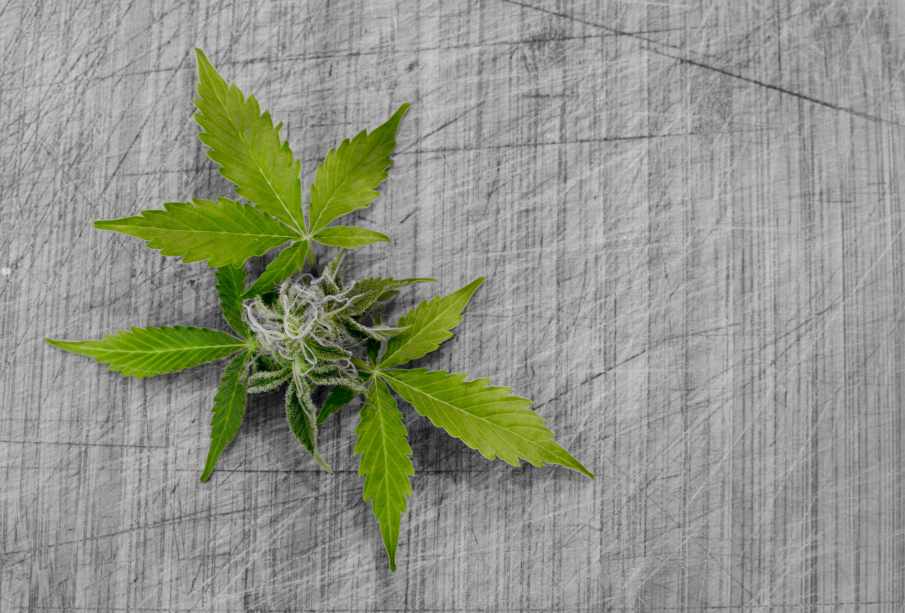Top 10 Tips for Growing Marijuana at Home

As a first-timer cultivator, getting started is among the biggest roadblock you may face. First, you will have to look for a suitable place to grow and get the right equipment. Afterward, you may need to spend more time maintaining and checking your Marijuana plants.
Beyond that, you will also need to operate within the boundaries of the laws before you start. Growing cannabis remains prohibited in most US states. Hence, ensure your cultivation is allowed where you stay before proceeding with the following steps:
-
Table of Contents
Buy Marijuana Seeds
In today’s world of autoflowers, it is easy to cultivate cannabis at home. If you stay in a recreational or medical state, you need to look for a local dispensary, which sells seeds and screens them properly for mold and termites.
Some seed banks also ship worldwide, but only a few of them manage to get their packs through customs of your door with ingenious packaging. The basic rule when buying seeds is to never have your package shipped to a similar address where your garden would be.
-
Provide Ventilation
Like humans, cannabis plants need to breathe. The only difference is that they breathe out oxygen and take in carbon dioxide, which is absolutely different from humans. Ventilation is important because it ensures fresh air and cool temperature in the grow space.
If your grow space gets too stuffy and hot, it may stress your crops and cause them to stop growing. Consistent airflow may also help your plants to stay healthy.
-
Ensure Sufficient Lighting
Even if your cannabis plants have a nice window, which exposes them to enough sunlight, you may still need to set up an actual lamp for a constant supply of lighting. This lamp shouldn’t be just any floor or desk fixture. It should be a lamp specifically designed for cultivating plants.
Fortunately, lighting doesn’t need to be costly, and you may keep it at a lower cost, especially when you just have one plant. A fluorescent light bulb can be the best bet because it may add extra lighting hours when the sun goes down. You may also try CFL, T5, or T8 to provide your plants with a minimum amount of light.
-
Pay Attention to the Climate
It is important to better understand the climate in the location you want to cultivate your marijuana. Usually, cannabis is adaptable to different conditions, though it is vulnerable to harsh weather.
Sustained temperatures of more than 86°F can make your cannabis stop growing, whereas continued temperatures below 55°F may result in stunted growth or even death. Apart from unfavorable temperatures, high winds and heavy rains may bring physical damages to plants, reducing yields and causing powdery mildew or mold.
-
Maintain Quality of Water
A few municipal water supplies have chemicals like fluoride and chlorine that may impede your crops’ growth. For positive results, make sure water quality is pure before you add some additives or nutrients.
Some individuals may go to a grocery store to fill up their 5 Gallon jugs, costing around $5. If you also have more time, you can install a water filter in the house to ensure your plants have a constant supply.
-
Get the pH Right
Most problems that beginners experience might be traced back to the incorrect pH level. What looks like nutrient deficiencies may not be shortages at all. They could be pH problems, which can be worse if you add more nutrients.
Usually, enough nutrients are present in the soil. It is just that your plants may not absorb them since the pH balance in the soil is too alkaline or acidic. You can use control kits or pH monitors to test the level.
-
Feed Your Marijuana with Nutrients
Cultivating high-quality marijuana flowers need more nutrients than many common plants. Your crops will require the primary nutrients, commonly referred to as macronutrients. This may include Potassium, Nitrogen, and Phosphorus.
Apart from macronutrients, you should also feed your marijuana micronutrients, including Copper, Calcium, Iron, and Magnesium. If you are also not using a pre-fertilized organic soil mix, you might want to feed your crops once a week using the right nutrient solution.
-
Work with Strict Bedtimes
Many marijuana strains have a short growing cycle of approximately eight weeks. As such, you need to reach their full potential with just two months. The best way of achieving this is to have a consistent night and daytime. It will be perfect if your crops have around 12 hours of darkness and another 12 hours of light every day.
Be sure to maintain this cycle for two months, and you will harvest healthy marijuana. If you usually use smart lights, you may set them to automatically turn on and off at night and day, respectively.
-
Have a Chart and Take Notes
When spraying your crops, you have to ensure that they are mature enough because plants with skinny trunks may end up doubling over the weight of the liquid.
With a feed chart, you may see how your plants are growing. In this stage, you may start taking detailed notes. This may include taking many pictures so as to find it easy to notice any problems with your crops. With this, you can use the same pictures and notes to make a point of reference for future growth.
-
Choose Pots or Soil for Outdoor Marijuana Cultivation
According to Homegrown Cannabis Co, every cultivator gets to choose if they can sow their seeds in pots or directly into the ground. Both options have pros and cons. If you choose to grow cannabis in pots, you will have the flexibility to move your crops around and cover the plants’ growth rate or size.
On the other hand, growing marijuana in the soil can offer you unrestricted access to moisture and nutrients from the ground. You will also maximize yields, keep the costs low, and allow your plants to reach a maximum height.
Closing Remarks!
Growing cannabis outdoors needs less investment upfront but may leave your crops at the mercy of weather conditions for poor or good results.
On the other hand, cultivating indoors means you will have total control of all factors, which can impact the size and quality of your harvest. Whichever technique you prefer, it is important to develop a professional-style grow space to allow you to influence every factor, which accelerates or limits the growth of your crops while mastering the art to maximum yields.







